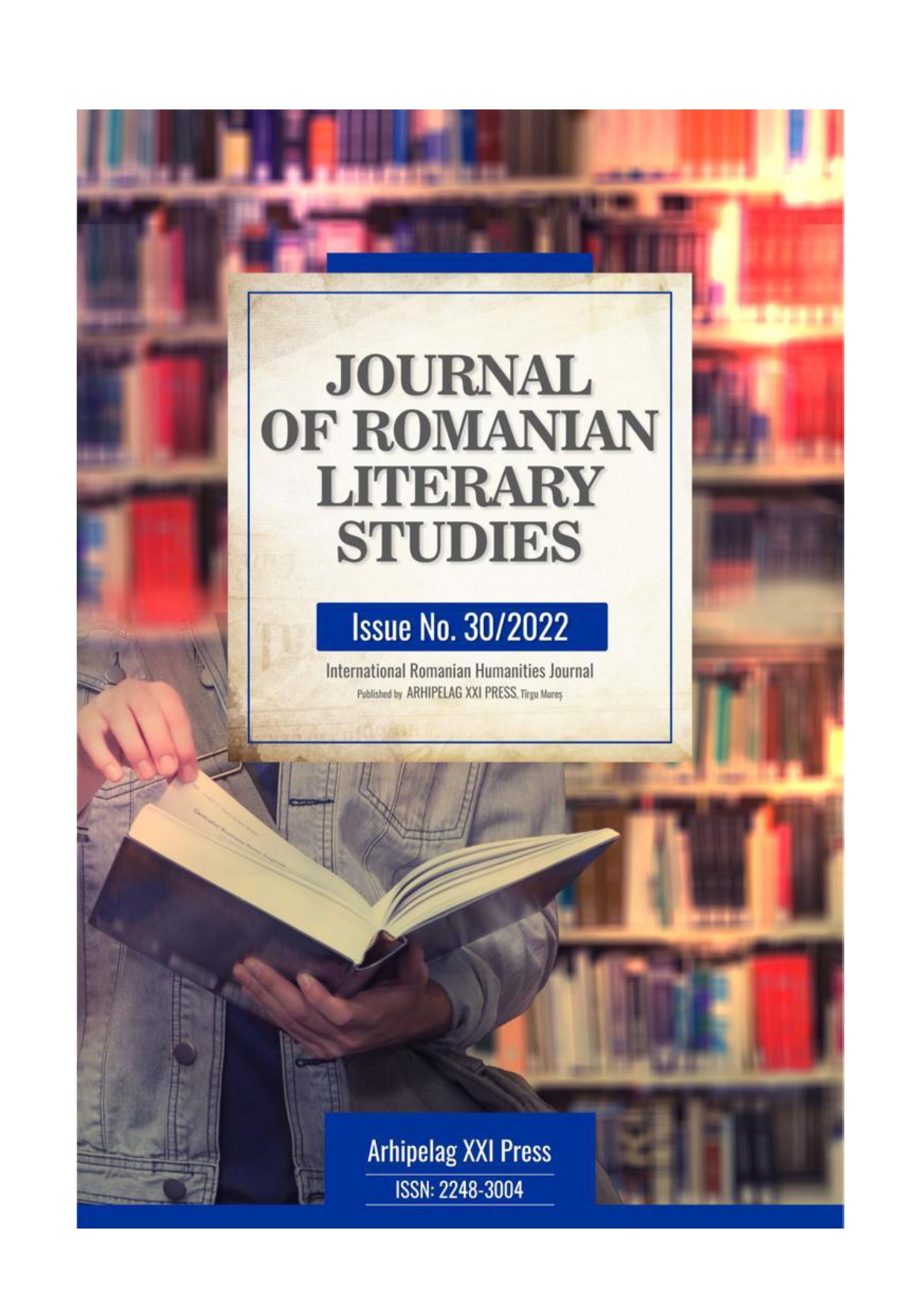CONSIDERATIONS ON THE THERVINGI-GREUTHUNGI POLITICAL RELATIONS FROM THE NORTH OF THE LOWER DANUBE REFLECTED IN THE LITERARY SOURCES
CONSIDERATIONS ON THE THERVINGI-GREUTHUNGI POLITICAL RELATIONS FROM THE NORTH OF THE LOWER DANUBE REFLECTED IN THE LITERARY SOURCES
Author(s): Ştefan Lifa, Alexandru FodorSubject(s): Cultural history, Diplomatic history, Political history, Social history, Political behavior, Political psychology, Politics and communication, Politics and society, History and theory of political science, Migration Studies, Politics of History/Memory
Published by: Editura Arhipelag XXI
Keywords: Thervingi; Greuthungi; judex; rex; north of the Lower Danube;
Summary/Abstract: The migration of the Gothic population from the Vistula region and its settlement north of the Lower Danube and the Black Sea in the first part of the third century had the effect of establishing the Goths as the dominant political factor among the barbarian populations of the region until the Hunnic invasion of 375-376. Another effect was the gradual grouping of the Gothic tribes into two distinct confederations bounded by the Dniester. The two political structures, the Thervingi and the Greuthungi, would constitute the skeleton of the future branches of the Goths, the Visigoths, and the Ostrogoths, respectively. The article aims to analyse the political relations between the two confederations of Gothic tribes of the mentioned period in the context of interactions with the Empire. Among the most significant events for the topic covered are the attack of the coalition led by Rausimodus in 322-323 and the disintegration of the two Gothic confederations at the time of the Hunnic invasion. From the comparative analysis of the narrative sources, a number of elements stand out, such as the clear distinction made by Ammianus Marcellinus between the Thervingi and the Greuthungi leaders, for whom he uses the titles of judex and rex, respectively, but also the tendency of the sources to use the term Greuthungi many times when referring to the entire Gothic population. These aspects indicate the existence of a permanent relationship of subordination of the Thervingi confederation in relation to the Greuthungi. The article also discusses the problem of the names used for the two Gothic branches, considering that an equivalence relationship between the two pairs of terms, Thervingi/Greuthungi and Visigoths/Ostrogoths, cannot be established.
Journal: Journal of Romanian Literary Studies
- Issue Year: 2022
- Issue No: 30
- Page Range: 374-386
- Page Count: 13
- Language: Romanian

